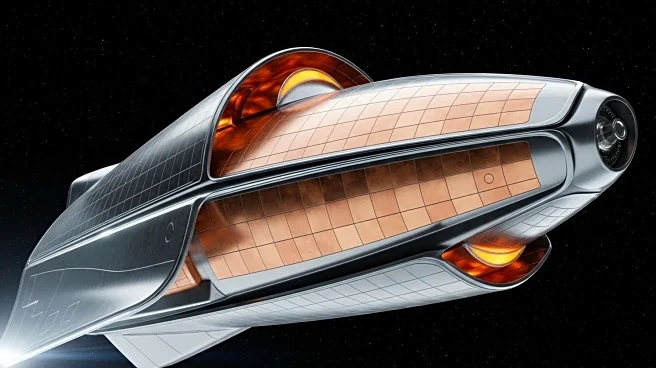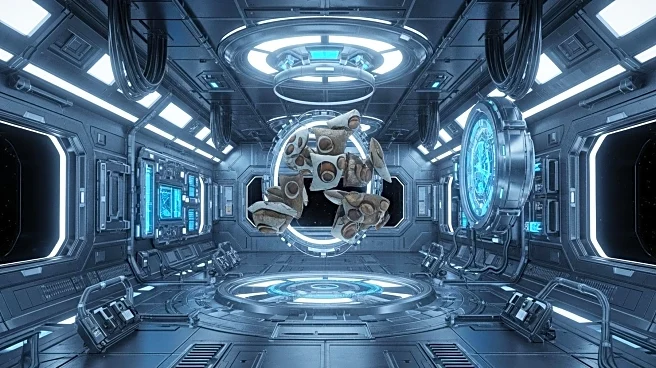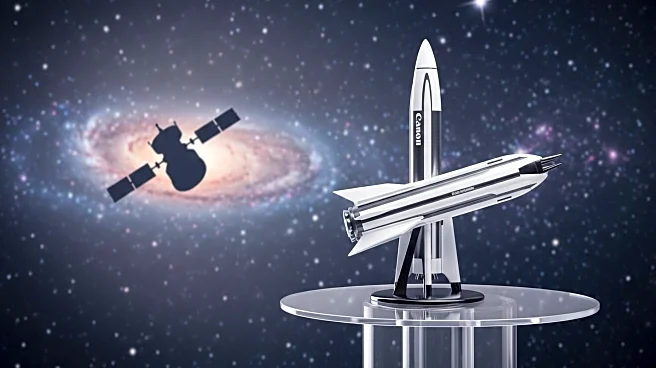What's Happening?
SpaceX recently conducted its 10th Starship test flight, which ended with a successful splashdown in the Indian Ocean. The test flight, which took place on August 26, aimed to address previous issues with the Starship's propulsion and propellant systems. A key focus was on the performance of the heat shield, which is crucial for the spacecraft's reentry into Earth's atmosphere. The test revealed some damage to the vehicle, including discoloration due to oxidation of metallic heat shield tiles. SpaceX engineers have since diagnosed these issues and are working on improvements for future flights. The next test flight is expected to follow a similar suborbital trajectory and is scheduled for October.
Why It's Important?
The successful splashdown and subsequent analysis of the heat shield are critical for SpaceX's long-term goals of using Starship for missions to the Moon and Mars. The ability to recover the spacecraft intact allows engineers to gather valuable data to enhance the vehicle's design and reliability. This progress is essential for SpaceX's plans to launch more advanced Starlink satellites and to support NASA's Artemis program. The improvements in the heat shield technology will also play a significant role in ensuring the safety and success of future manned missions.
What's Next?
SpaceX is preparing for its next Starship test flight, which is anticipated to occur in October. This flight will continue to test the spacecraft's systems and gather data to refine the heat shield design. Additionally, SpaceX is advancing its Block 3 Starship design at its Starbase facility, with Pad 2 nearing operational readiness for future launches. These developments are part of SpaceX's broader strategy to enhance its Starlink broadband services and to support future lunar and Martian exploration missions.











